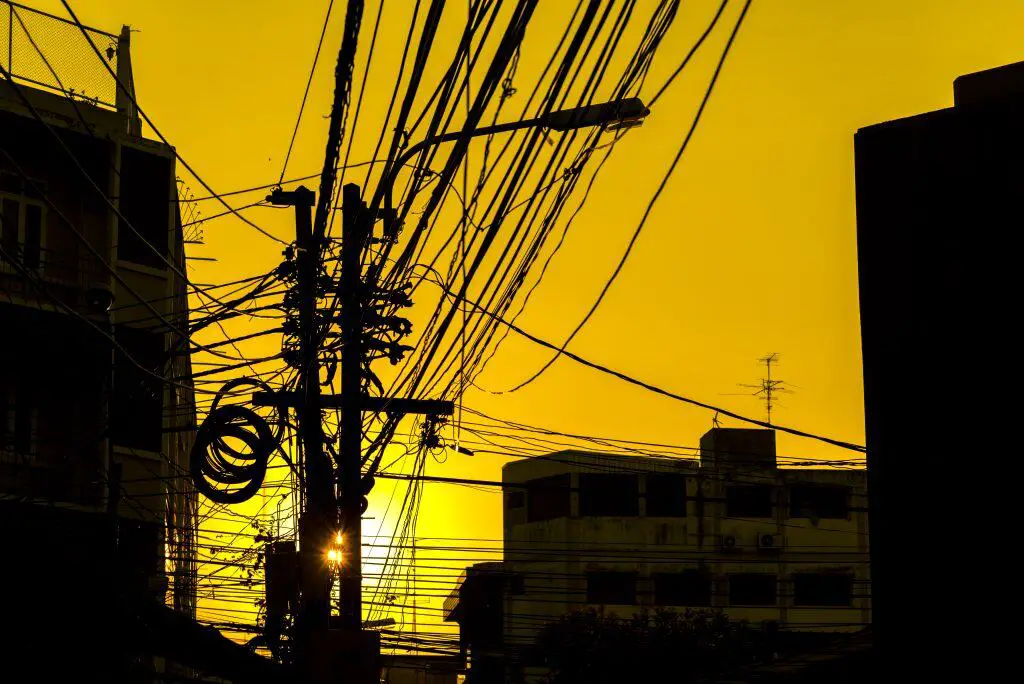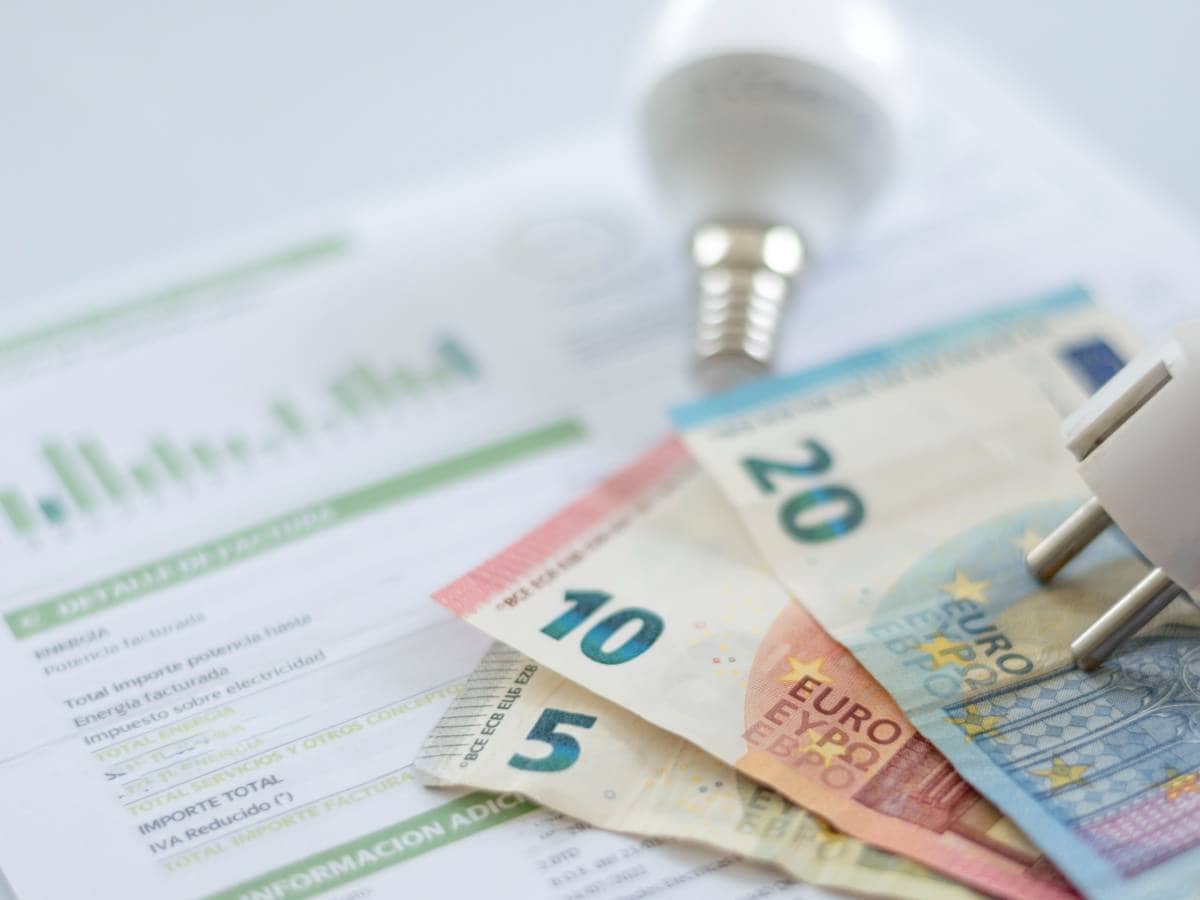Thai Electricity Bill Reading: Avoid Costly Overcharges
When I first moved to Thailand, I stared at my electricity bill like it was written in hieroglyphics. The combination of Thai script, different calendar systems, and unfamiliar billing formats left me completely confused. After years of navigating Thai electricity bills and helping fellow expats understand their charges, I’ve learned that mastering thai electricity bill reading isn’t just about language barriers—it’s about protecting yourself from overcharges that can double your monthly costs.
Key Takeaways
• Thai electricity bills use different calendar systems and Thai language – understanding the format prevents missed payments and late fees
• Condo electricity rates can be 60-80% higher than government rates – always verify if you’re paying standard PEA/MEA rates or inflated condo fees
• Multiple payment methods and scam awareness – from 7-Eleven to mobile banking, plus how to spot fake bills and fraudulent charges
Table of Contents
Understanding Thai Electricity Providers

Thailand’s electricity system operates through two main government authorities. The Provincial Electricity Authority (PEA) provides nationwide service, while Metropolitan Electricity Authority (MEA) serves Bangkok, Nonthaburi and Samut Prakan. Knowing which provider services your area is crucial for understanding your bill format and payment options.
The electricity tariff rates in Thailand are generally affordable, with a unit of electricity costing around ฿5. However, this government rate doesn’t tell the whole story. Some condos and apartments add an extra charge onto electricity bills for residents, so electricity sometimes costs as much as ฿8 or ฿9 per unit. This markup can nearly double your electricity expenses, making it essential to verify your actual rate.
Decoding Your Thai Electricity Bill
Physical Appearance and Delivery
Thai electric bills are issued on small pieces of paper that are not much bigger than a grocery store receipt. PEA electric bills are delivered once a month and placed in the small white boxes with purple lettering that are usually mounted on buildings’ outer walls or the surrounding fences. There’s no formal envelope like you’d expect back home—just a simple receipt-style paper.
Understanding the Thai Calendar System
One of the biggest confusion points for expats is the date system. The month is abbreviated down to two Thai characters and the year is the Thai year. The Thai calendar year is different than Western countries’ calendar. For example, if you see “2567” on your bill, that’s actually 2024 in the Western calendar (Thai year minus 543).
Key Information Sections
The most obvious element is the amount due, which is written in Western numbers and typically surrounded by a red box. But beyond that basic information, several critical details require closer examination:
Meter Reading and Consumption: Your bill shows previous and current meter readings, with the difference indicating your kilowatt-hour consumption. This is where you can spot irregularities that might indicate meter problems or unauthorized usage.
Tariff Rate: Look for the rate per unit (baht per kilowatt-hour). Government rates fluctuate but generally stay around 4-5 baht per unit. If you’re seeing rates significantly higher, you might be dealing with condo markup fees.
Payment Period: You’ll have ten days to pay your PEA electric bill after it’s been issued. The payment period (not just a single date) is listed at the bottom right-hand corner of the receipt.
Common Overcharge Scenarios and How to Spot Them
Condo Electricity Markup
The most common overcharge scenario affects condo residents. This can almost double your electricity bill, so when renting a property, it’s a good idea to check if they charge the standard government rates or their own rates. I’ve seen expats unknowingly pay 8-9 baht per unit when the government rate was only 4.5 baht.
To avoid this markup, ask your landlord directly about electricity rates before signing any lease. Some condos allow residents to have their own direct accounts with PEA or MEA, bypassing the building’s markup system entirely.
Digital Meter Issues
A homeowner in Uthai Thani was in for a shock when she received an electricity bill that surged to over 500 baht, a steep increase from the usual monthly payment of around 300 baht, following the installation of a new digital meter. Digital meters can sometimes malfunction, leading to dramatically inflated readings.
If you notice a sudden spike in your electricity consumption without corresponding changes in usage patterns, don’t just pay the bill. Contact your electricity provider immediately to request a meter inspection.
Fraudulent Bills and Scams
There are scam electricity bills getting dropped in letterboxes. If you scan them and pay your money will end up in someone else’s account. They should be purple, not blue, for starters. MEA has implemented this policy in accordance with the ERC’s announcement in a consistent manner by extending overdue electricity bills up to 3 months, so legitimate providers won’t demand immediate payment.
Red flags for fraudulent bills include:
- Wrong color scheme (authentic PEA bills use purple branding)
- Demands for immediate payment
- QR codes or payment methods that redirect to unfamiliar accounts
- Threatening language about immediate disconnection
Payment Methods and Best Practices
Convenient Payment Options
Thailand offers numerous electricity bill payment methods. By far the easiest way to pay an electric bill in Thailand is to go to your local 7-Eleven or Tesco Lotus Express, which can be found on practically every town block. There will be a small convenience fee added to the bill (we’re talking only a few baht).
For tech-savvy expats, mobile banking and online payment options are expanding rapidly. Bangkok Bank Public Company limited Service is available via both Internet and Mobile banking, along with most major Thai banks offering utility bill payment through their apps.
Setting Up Automatic Payments
I have my electric bills automatically withdrawn by MEA (Metropolitan Electricity Agency) from my bank account at Bangkok Bank. This has the advantage that I can never forget to pay my MEA bills, even while I am out of the country. However, it is quite complicated: you have to go to MEA and tell them that you want to have the money withdrawn from your bank account.
The process involves getting a paper document from the electricity authority, having it signed by your bank, and returning it to complete the setup. While complex initially, automatic payment prevents late fees and service disconnections.
Understanding Peak Usage and Air Conditioning Costs
Air conditioning represents the largest portion of most expats’ electricity bills in Thailand’s tropical climate. The PEA recommends selecting the right size of air conditioner, as measured in British Thermal Units (BTU), for the space. Oversized units cycle on and off frequently, wasting energy, while undersized units run constantly without effectively cooling the space.
From my experience and talking with other expats, typical monthly electricity costs range from 1,000-4,000 baht for most residential situations. Monthly utility costs in Thailand for a small condo can vary significantly based on electricity usage and location. Generally, expect to pay between 1000 to 3500 THB for electricity.
Monitoring and Preventing Overcharges
Regular Bill Review
I recommend reviewing your electricity bill monthly, not just paying it blindly. Look for:
- Consistent meter reading progression
- Reasonable consumption based on your usage patterns
- Correct tariff rates (compare with current government rates)
- Proper calculation of charges
Energy Usage Awareness
Understanding your consumption patterns helps identify irregularities quickly. For reference, a typical small condo with moderate air conditioning use should consume 200-800 kilowatt-hours monthly. If you’re suddenly seeing 1,500+ units without major changes in usage, investigate immediately.
Building Relationships with Providers
Establishing direct communication with your electricity provider pays dividends. Most PEA and MEA offices have English-speaking staff who can explain bill details and help resolve discrepancies. When you first walk inside one of the PEA offices, you should spot either a number-generating kiosk or a little table or podium with paper slips in numerical order.
Environmental and Economic Factors
LNG Price Impact
Liquefied natural gas (LNG) prices are projected to remain stable in early 2025, alleviating some of the pressure on Thai officials as they prepare to calculate a new power tariff for electricity bills. These global energy price fluctuations directly affect your monthly bills, making it important to understand that rate changes often reflect economic factors beyond local consumption.
Government Subsidies and Support
The Thai Cabinet has allocated 2 billion baht to subsidise electricity costs for 17.7 million vulnerable households. The scheme, set to be a New Year’s gift, will apply to those using no more than 300 units of electricity per month, maintaining a cost of 3.99 baht per unit. These subsidy programs can significantly impact your bill calculations, especially for lower-consumption households.
Troubleshooting Common Issues
When Bills Don’t Arrive
Whether it’s slid under the front door, lands in the mailbox or dropped into the special bill holder outside your condo unit or house, you’ll have either of 7 or 10 days from the date it’s been issued to pay your utility bill. If bills aren’t arriving regularly, contact your provider immediately—missing payments can result in service disconnection.
Dispute Resolution
If you believe you’re being overcharged, document everything. Take photos of your meter readings, keep copies of previous bills for comparison, and maintain records of any conversations with electricity authority representatives. If you have a problem with your electricity supply, the first point of contact should be the PEA or MEA contact center.
Most disputes can be resolved through direct communication, but having documentation supports your case significantly. Remember that MEA worries and warns people not to believe scammers using the said approaches, so always verify communications through official channels.
FAQs
How can I tell if I’m being charged condo rates instead of government rates?
Check your rate per kilowatt-hour. Government rates are typically 3.99-5 baht per unit, while condo markup can reach 8-9 baht per unit.
What should I do if my electricity bill suddenly spikes?
Verify your meter reading matches the bill, then contact your provider immediately to request a meter inspection if usage seems normal.
Can I pay my Thai electricity bill without a Thai bank account?
Yes, use Lazada app with foreign cards, pay at 7-Eleven, or set up TrueMoney account.
How do I spot fake electricity bills?
Authentic bills use purple branding (PEA), arrive in designated boxes, and never demand immediate payment under disconnection threats.
What’s the difference between PEA and MEA?
PEA serves most of Thailand, and MEA covers the Bangkok area. Both use government rates, but payment methods differ.
Conclusion
Understanding Thai electricity bill reading transformed my Thailand experience from confusion to confident cost management. Knowledge protects your wallet—whether spotting condo markups, identifying scams, or optimizing usage patterns.
If you’re planning your Thailand move or struggling with utilities, Better Living Asia helps navigate these practical challenges. Schedule a consultation with Better Living Asia today—let’s build your successful Thailand future together.






